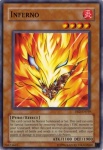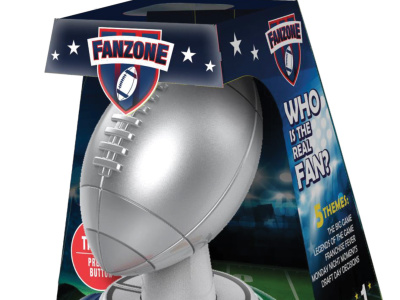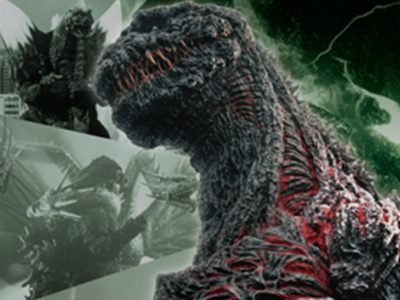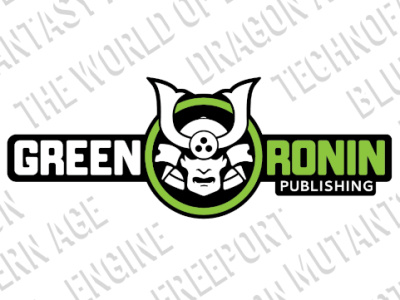 Rolling for Initiative is a weekly column by Scott Thorne, PhD, owner of Castle Perilous Games & Books in Carbondale, Illinois. This week, Thorne talks about the value vs. price in games (and stores).
Rolling for Initiative is a weekly column by Scott Thorne, PhD, owner of Castle Perilous Games & Books in Carbondale, Illinois. This week, Thorne talks about the value vs. price in games (and stores).Fantasy Flight Games sells a copy of Arkham Horror at a MSRP of $59.99. Wizards of the Coast's Castle Ravenloft has a MSRP of $65.00. Le Boomb, from Mayfair Games, only $4.50. A copy of the Pathfinder Core Rulebook lists for $49.99, while a booster pack of Yu-Gi-Oh! runs $3.99. The prices vary widely but what about the value of each? That depends.
The figures listed are the manufacturer’s suggested retail price for each item, that is, the price that the manufacturer would (theoretically) sell the product to the end consumer. Not uncommonly, manufacturers will sell their products of their own website for a percentage off the MSRP. That, however, is a topic for another column. Value, though related, reflects a different perception of the worth of the product, this time based on the viewpoint of the consumer.
To put it briefly, value equals benefits divided by price. If the customer buys a game and does not enjoy it, the benefit provided by the game, entertainment or enjoyment for the customer, is zero. Benefits of zero divided by price of $65 or $49.99 or even $3.99 still wind up equaling zero. If the customer derives no enjoyment from the game, it has no value to them. That is why a Yu-Gi-Oh! player will focus with laser like intensity on your store’s display of Yu-Gi-Oh! decks, booster packs and singles, while completely ignoring the wonderful display of Pathfinder books they walked right past (we have that happen constantly in the store). No value in the Pathfinder for that particular customer, plenty of value in the box of common Yu-Gi-Oh! cards they are going through. In most cases, if you offered them the choice betwixt the Pathfinder book and the Yu-Gi-Oh! pack, despite the fact that the Pathfinder book is over twelve times as expensive, they will chose the pack, unless, of course, they choose the book and try to trade it back to you for an equivalent (in price, not in value) number of packs.
This also explains the common, uncommon and rare cards left scattered game rooms and tournament areas after customers have opened packs while playing. Pulling another Giant Growth or Inferno just does not offer the same level of benefit when the customer already has 20 plus in their collection. Even the rare card of which they already have multiples offers only minimal benefit. Ergo, the cost-benefit analysis shows no value in adding another card to an already overstuffed collection. The card has no value, might as well just toss it. However for the player without those huge collections, just getting started, or lacking the money to buy booster packs, those cast-off cards offer significant benefit in stocking an otherwise lacking collection. Even commons that others have cast off, to these players, hold significant value.
The trick, of course, is to make sure your customers perceive value in the goods that you offer and, even more so, the service you provide through your store. Your customer has plenty of places to buy games, probably at much cheaper prices than you can offer and still make a profit. Your customer knows this too. So why buy from your store? You have to offer enough benefits to the customer that the value you provide outweighs the benefit/price combination offered by the competitor. If you do that, your store can compete against any other store in your market or on the Web.
The opinions expressed in this column are solely those of the writer, and do not necessarily reflect the views of the editorial staff of ICv2.com.







